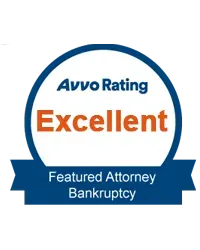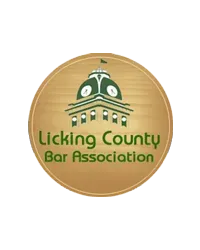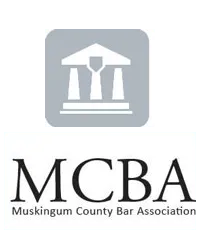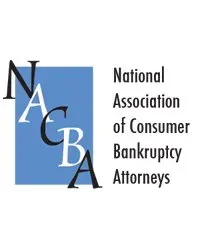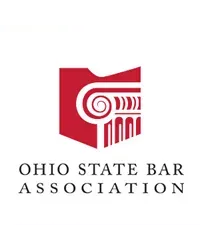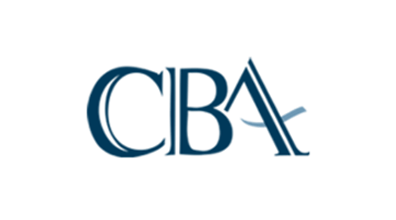Reliable Legal Resources in Columbus, OH
At Zellar & Zellar, Attorneys at Law, Inc., we understand contacting a lawyer for legal recourse may seem like a big step, so we’re happy to provide you with several frequently asked questions and responses for some very common legal issues our clients face. We specialize in elder care law, estate planning, bankruptcy law, real estate law and more. Feel free to contact us today at one of our four locations in Columbus, Lancaster, Newark & Zanesville, to schedule a free initial consultation for more information.
Bankruptcy Chapter 13 Q&A
What types of debts are not dischargeable in chapter 13 cases?
A full chapter 13 discharge granted upon the completion of all payments required in the plan discharges a debtor from all debts except:
(1) debts that were paid outside of the plan and not covered in the plan,
(2) debts for domestic support obligations, which includes debts for child support and alimony,
(3) debts for death or personal injury caused by the debtor’s operation of a motor vehicle, vessel or aircraft while intoxicated,
(4) most tax debts,
(5) debts for restitution or criminal fines included in a sentence imposed on the debtor for conviction of a crime,
(6) debts for fraud, embezzlement or larceny,
(7) debts for student loans or educational obligations unless a court rules that not discharging the debt would impose an undue hardship on the debtor and his or her dependents,
(8) debts for damages caused by willful or malicious conduct by the debtor,
(9) installment debts whose last payment is due after the completion of the plan,
(10) debts incurred while the plan was in effect that were not paid under the plan,
(11) debts owed to creditors who did not receive notice of the chapter 13 case, and
(12)long-term debts upon which payments were made under the plan.
A partial chapter 13 discharge, which is granted when a debtor is unable to complete the payments under a plan due to circumstances for which he or she should not be held accountable, discharges the debtor from all debts except:
(1) secured debts (i.e., debts secured by mortgages or liens),
(2) debts that were paid outside of the plan and not covered in the plan,
(3) installment debts whose last payment is due after the completion of the plan,
(4) debts incurred while the plan was in effect that were not paid under the plan,
(5) debts owed to creditors who did not receive notice of the chapter 13 case,
(6) debts that are not dischargeable in a chapter 7 case, and
(7) long-term debts upon which payments were made under the plan.



